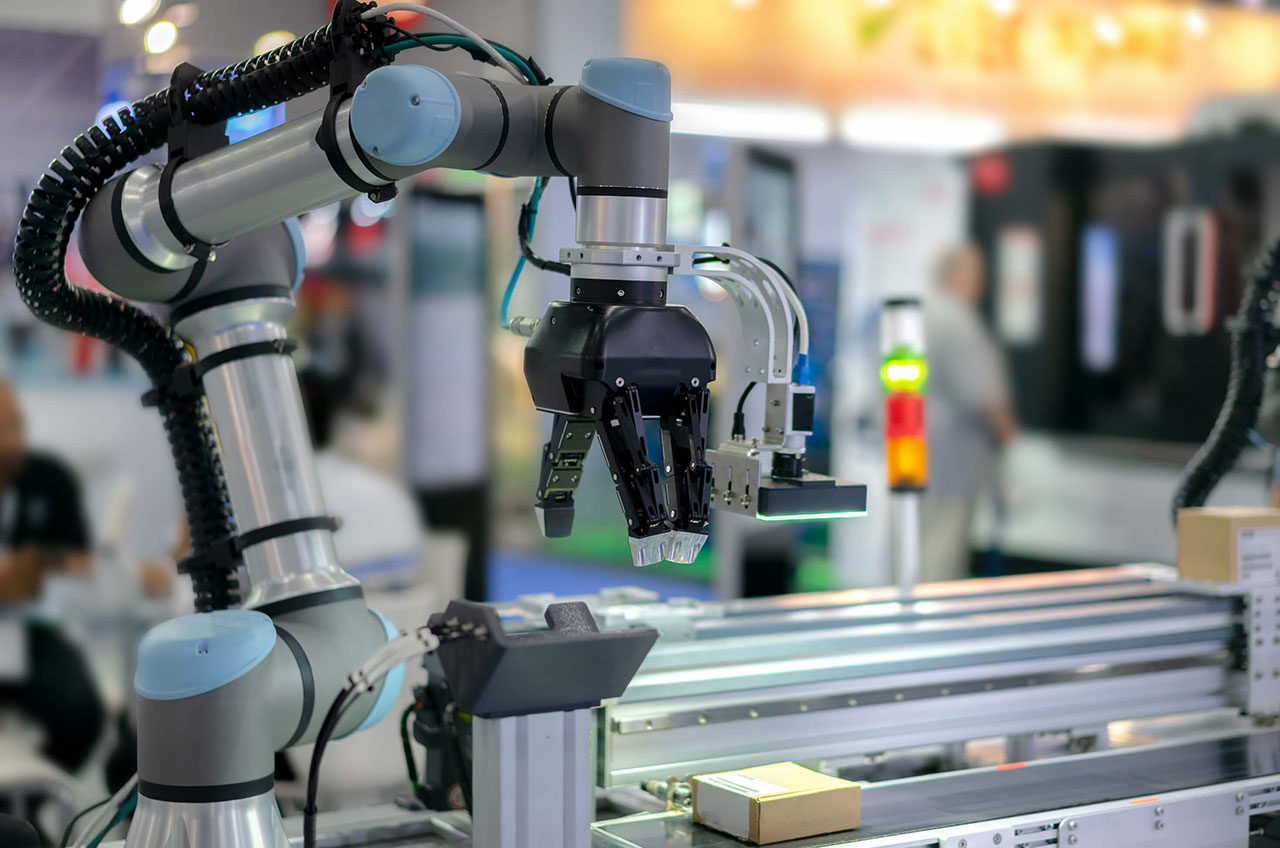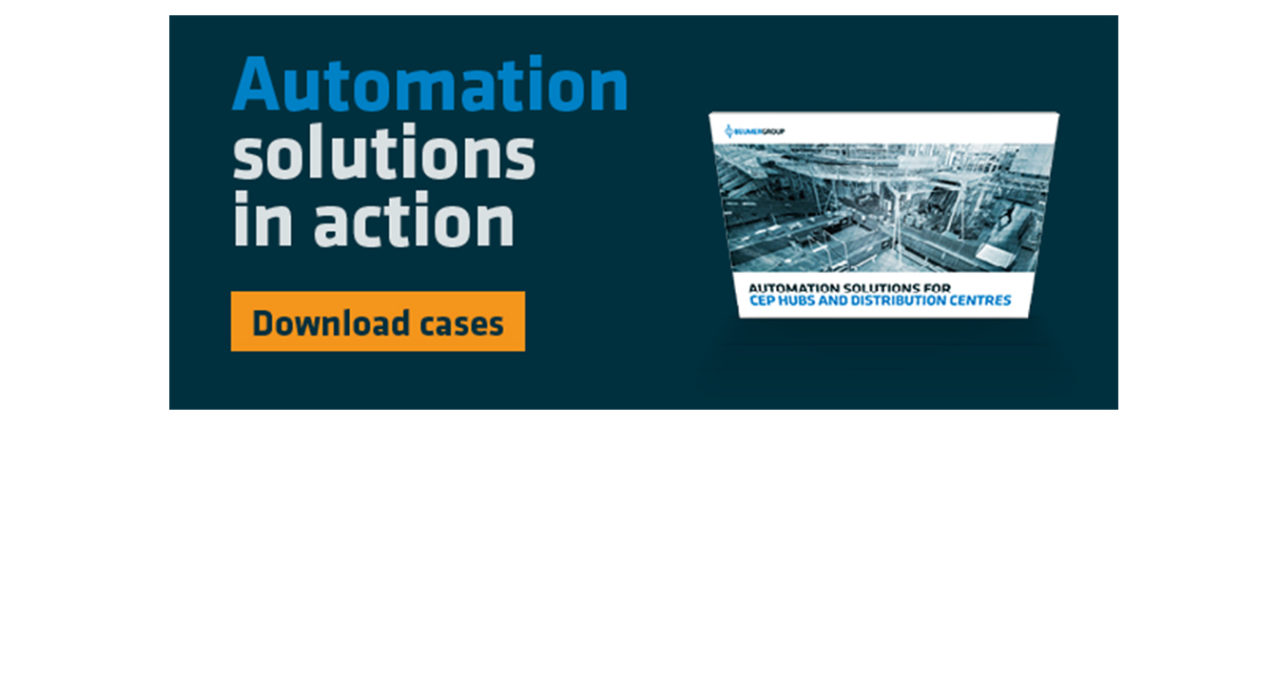For many years now, companies in the CEP industry have been talking about robots. In fact, they have been downright dreaming about robots and the promise they offer for making distribution centres safer, more efficient and with increased capacity to handle parcels.
Right now, however, all the industry can do is be patient. Advancements are needed, particularly on the software side of things. For machines to be robotic, they need the ability to think and act. The technology simply isn’t there.
It’s not for lack of trying, though.
Most players in the CEP market are – in some shape or form – participating in an arms race to develop robot technology first. There are some cases of straightforward robot technology that distribution centres have implemented. Posten Norge is a famous example. But this technology is too simplified, too off-the-shelf to represent a comprehensive solution for the entire industry. We have yet to discover thinking robots, logistics robots with the ability to support humans in areas of the parcel handling process.
Two kinds of logistics robots
But why is that? In an age of unrelenting technological advancement, why haven’t these robots been developed yet?
To answer this question, it’s necessary to understand the types of robots the industry is trying to build.
Generally speaking, there are two areas where distribution centres aspire to implement logistics robots: for the last mile – using drones and AGVs, for example; and inside the distribution centre.
In terms of robots inside the distribution centre, there is an expectation among some actors in the industry that material handling system providers will come up with the solution. The sortation machine was a brilliant development, one that has continued to develop over time. But in the end, another machine or human serves the parcels. Robots are expected to be more versatile and intelligent than that.
















